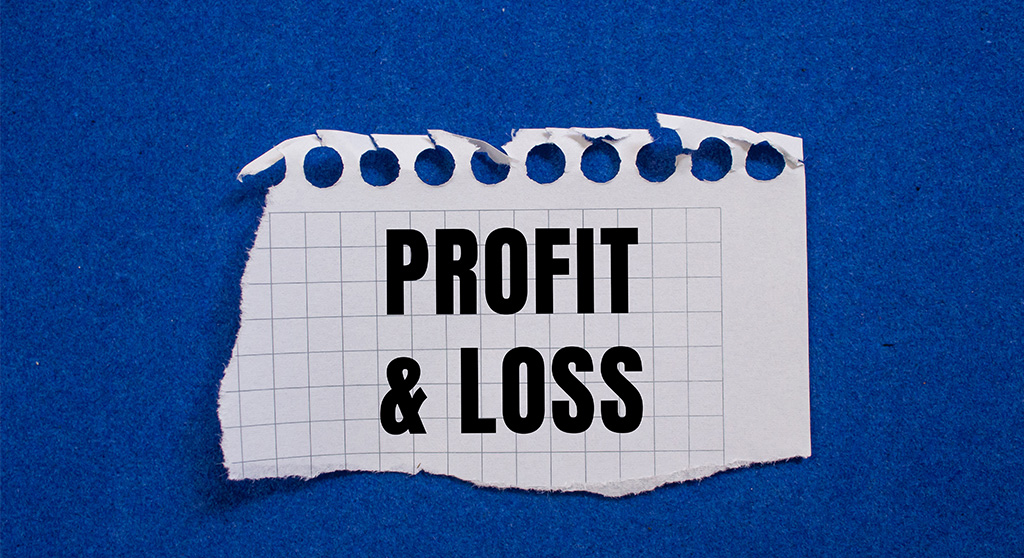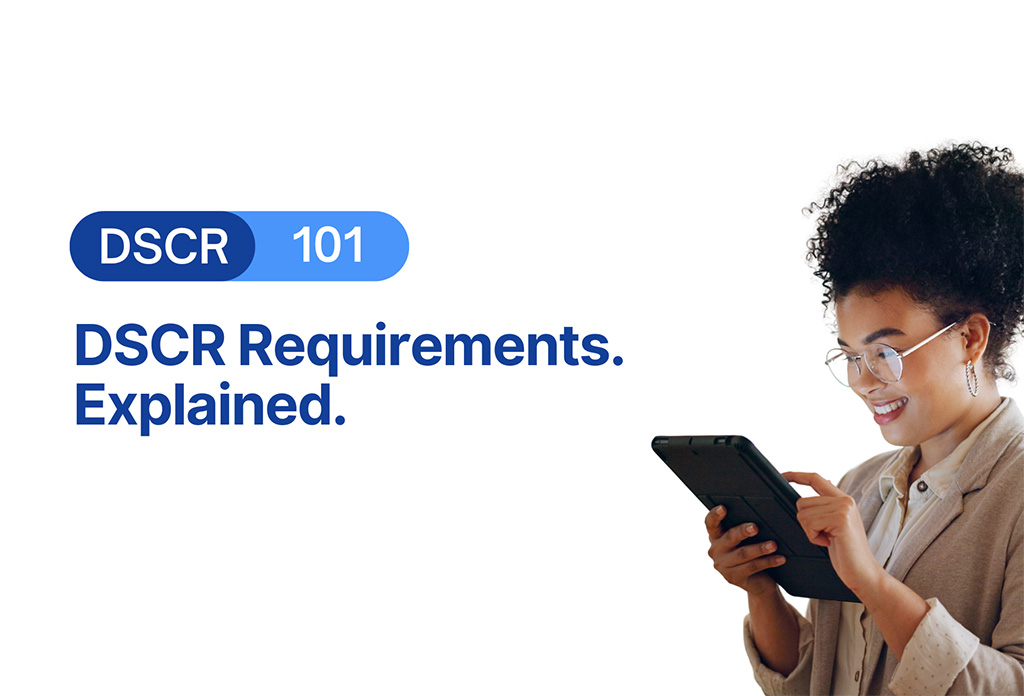If you work with self-employed borrowers or clients who don’t fit neatly into the W-2 world, you already know that great income on paper doesn’t always mean easy financing. When their tax returns don’t reflect their real cash flow, a bank statement loan can be the bridge that gets the deal done.
As a broker, understanding how many bank statements are required, and why, helps you structure stronger files, set realistic expectations, and close loans more easily.
Let’s go over how lenders look at bank statements, what affects how many months they want to see, and how you can use that info to guide your clients with confidence.
1. Why Lenders Care About Bank Statements
Traditional loans rely on W-2s and pay stubs. Non-QM programs, like bank statement loans, rely on what’s actually flowing into the borrower’s accounts. These statements act as the proof of income and overall business health.
For self-employed borrowers, contractors, real estate investors, or small businessowners, this is often the only realistic way to verify income. Lenders want to see steady deposits that reflect the borrower’s ability to handle a mortgage over time.
When you know exactly what lenders want to see, you can prepare your borrower upfront and avoid last-minute surprises that stall approvals.
2. How Many Bank Statements Are Typically Required
Most non-QM lenders ask for 12 or 24 consecutive months of bank statements, depending on the borrower’s profile and the program.
Here’s the general rule of thumb:
- 12 months: Best for clients with consistent, predictable deposits and well-organized accounts.
- 24 months: Best for clients whose income varies seasonally or who want to show long-term stability.
If your client’s business fluctuates, like a contractor who earns more in summer or an agent who closes more deals during certain months, collecting 24 months gives the underwriter a full view of the trend.
If they’re newer to self-employment or have extremely stable income, 12 months is often enough.
Your value as a broker comes from knowing which option paints the strongest picture for the lender.
3. Which Accounts Can Be Used
Borrowers can qualify using personal or business bank statements, or sometimes a combination of both. The choice depends on how the borrower manages their income.
Business bank statements work best when the client has a clearly defined company structure, like an LLC or corporation, and keeps income separate from personal spending.
Personal bank statements are usually used for sole proprietors or 1099 earners who don’t maintain a separate business account.
If your client uses both, make sure each account serves a clear purpose and that there’s no unnecessary overlap. Commingled accounts can cause confusion and lead to additional conditions from underwriting.
4. How Bank Statements Are Evaluated
Lenders review statements for more than just total deposits. They’re looking for a consistent flow of income that matches the borrower’s story.
They’ll calculate the average monthly deposits over the period provided (12 or24 months) and then apply an expense ratio to estimate qualifying income.
The expense ratio depends on the type of business. A freelance consultant may have minimal overhead, while a retail business might have higher costs. If your borrower can get a CPA to verify their actual expense percentage, it often results in a higher qualifying income and better terms.
As a broker, reviewing these numbers before submission helps you spot potential issues and set proper expectations.
5. The Importance of Consistency
Lenders don’t want to see sporadic, unpredictable deposits. They want evidence that income is reliable and repeatable.
A borrower with steady, moderate deposits looks much stronger than someone with a few large ones scattered throughout the year.
Encourage your clients to use the same accounts consistently and avoid sudden, unexplained transfers. It’s not about how much money hits the account, it’s about how predictable it is.
When a file tells a clear financial story, underwriting becomes straightforward, and approvals move faster.
6. What Underwriters Look for in the Statements
Every underwriter wants to see that the borrower’s cash flow matches the loan size and credit profile. They’ll scan for:
- Consistent deposits that align with income claims
- Low or no overdraft activity
- Regular account balances
- No unexplained large deposits or transfers
- Business expenses that make sense for the industry
If something looks unclear, say, large deposits that aren’t client payments, provide documentation early. A quick note or CPA letter saves time later when conditions start rolling in.
7. The Role of Credit
Even though income is verified differently in a bank statement loan, credit is still part of the story.
Most lenders look for a credit score of at least 620 or higher, depending on the LTV and loan size. Stronger credit typically means more flexible terms, lower reserves, and better rates.
If a client’s score is borderline, offset it with stronger bank statement performance, such as clean, consistent deposits and clear income sources. Helping your client get a quick credit tune-up before applying can also make a big difference.
8. Reserve Expectations
Bank statement loans often require more reserves than traditional programs. The lender wants to see that the borrower has backup funds to cover mortgage payments if their income dips temporarily.
Depending on the credit score, property type, and loan amount, expect anywhere from 3 to 12 months of reserves.
Reserves can come from checking or savings accounts, retirement accounts, or verified investment funds. They don’t have to be liquid necessarily, just accessible and documented.
Explain to borrowers that this isn’t just a requirement; it’s a way to show financial strength and commitment.
9. Deciding Between 12 and 24 Months
Choosing between 12 or 24 months isn’t always obvious. Use these cues to guide your decision:
If your borrower has steady, recurring deposits and their income doesn’t change much month to month, 12 months usually works perfectly.
If they’re in a business that fluctuates, such as real estate agents or seasonal service providers, 24 months provides the full picture and helps smooth out highs and lows.
For brand-new businesses or those with only a year of operation, 12 months paired with a CPA letter verifying business performance can often be enough to get the deal approved.
10. Catch These Problems Early to Save Time
Even the best borrowers can run into problems if their documentation isn’t complete. Some of the most common issues include:
- Missing statement pages or skipped months
- Inconsistent account usage
- Unexplained large deposits
- Mixing personal and business transactions
- Negative balances or excessive transfers
- The easiest fix is prevention. Review all statements before submission and make sure every page is included, even if it’s blank. When everything lines up clearly, underwriting spends less time asking questions.
11. Preparing Your Borrower Early
The strongest files start with proactive conversations. When you help your client understand why bank statements matter and what’s expected, the process feels smoother on both sides.
Walk them through these basics before collecting docs:
- How many months of statements they need
- What underwriters will focus on
- How deposits are analyzed
- What documentation might be needed for large or irregular amounts
Setting these expectations early eliminates confusion and positions you as the expert guiding them through the process.
12. Presenting the File
When your file hits an underwriter’s desk, you want it to stand out for being clear, complete, and well-organized.
Here’s a structure that makes a difference:
- A short summary explaining the borrower’s income sources and business type
- Clearly labeled bank statements in chronological order
- A simple worksheet showing deposit totals and average income
- CPA letter (if applicable) confirming expense ratio or business operations
- Any supporting notes or explanations for deposits
When an underwriter doesn’t have to guess what they’re looking at, your file moves quickly, and you build a reputation for submitting clean loans.
13. How Property Type Affects Requirements
Different property types can slightly influence how much documentation is needed.
Primary residences often allow higher loan-to-value ratios and may accept 12 months of statements if everything checks out. Investment properties or second homes might need 24 months and stronger reserves since they’re viewed as higher risk.
Always check the lender’s specific guidelines for property type and occupancy. The sooner you confirm, the less time you’ll spend chasing extra documents later.
14. Why Reviewing the Statements Yourself Pays Off
A quick internal review before submission can save days of back-and-forth later.
Check for:
- Missing months
- Transfers between accounts
- Inconsistent balances
- Any unclear deposits
If something doesn’t make sense to you, it won’t make sense to the underwriter either. Address it upfront with a short explanation or note from the borrower. Those little steps protect your reputation and make your deals close faster.
15. Using Bank Statements Strategically
Bank statement loans aren’t just a workaround for self-employed borrowers; they’re areal opportunity for brokers who understand how to use them strategically.
If you know your market, you’ve probably seen a surge of independent professionals, investors, and small business owners who earn plenty but can’t qualify conventionally.
By mastering the documentation requirements, you position yourself as the go-to expert for this growing borrower segment. The more familiar you are with how lenders read statements, the easier it is to match clients with the right programs.
16. Turning Complexity into Confidence
The truth is, many brokers shy away from non-QM loans because they seem complicated. But once you understand how lenders evaluate bank statements, it becomes straightforward.
Your role is to help the borrower tell a clear financial story - how they earn, how they save, and why they’re a reliable borrower. When you organize that story in a way underwriters can easily follow, you turn what could be a tricky file into an easy approval.
Every deal you close this way builds your confidence, your reputation, and your client base.
17. Key Takeaways for Brokers
- Most programs require 12 or 24 months of statements - know when to use each.
- Review statements early and resolve any unclear deposits.
- Encourage clients to keep accounts consistent and organized.
- A CPA letter can help verify expenses and increase qualifying income.
- Present files neatly with clear notes for underwriters.
This is how top-producing brokers separate themselves from the rest. You don’t need to know every guideline; you just need to understand how to tell your borrower’s story in a way that makes sense to a lender.
18. Final Word: Bank Statements Tell the Real Story
When you know how many bank statements are needed and what they actually prove, you can move confidently through the non-QM process. You’re no longer waiting for underwriting to point out issues - you’re leading the process from the start.
For self-employed borrowers and business owners, this approach makes the difference between a denied loan and a successful closing. And for you, it means more repeat clients, stronger referral partners, and a growing reputation as the broker who delivers.


.png)
.png)








.png)
.png)



.png)













.png)
.png)

